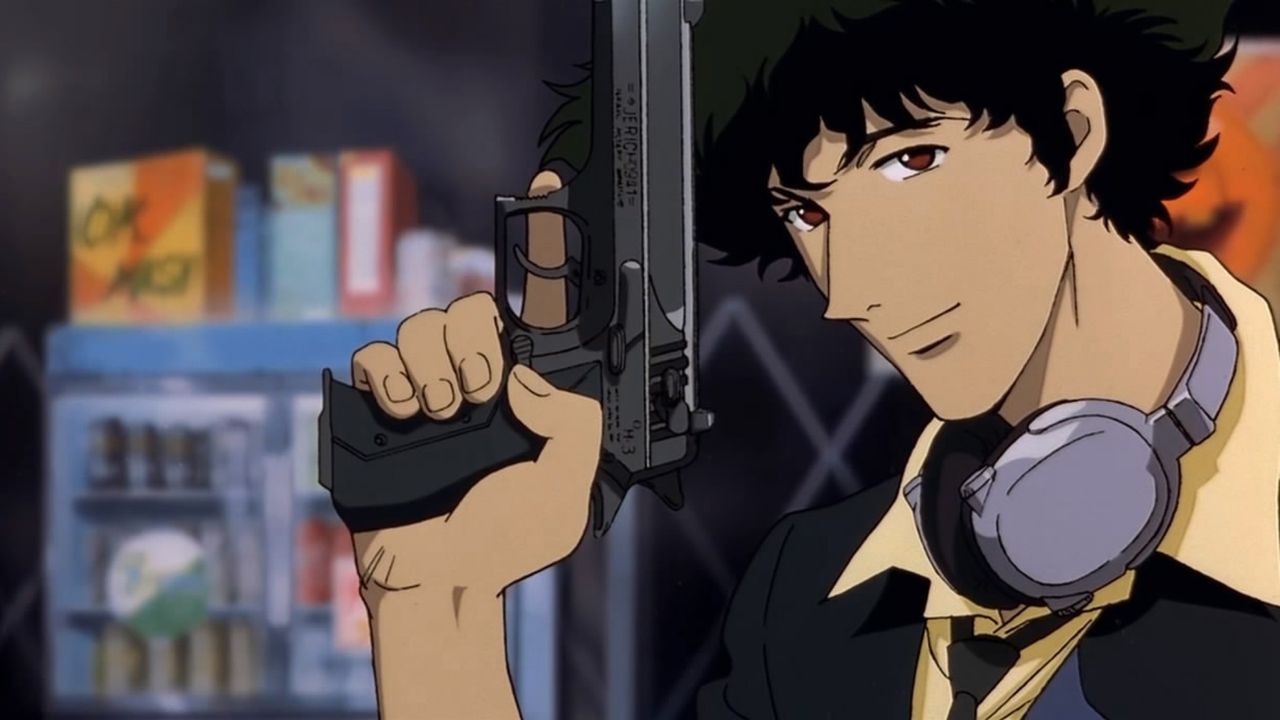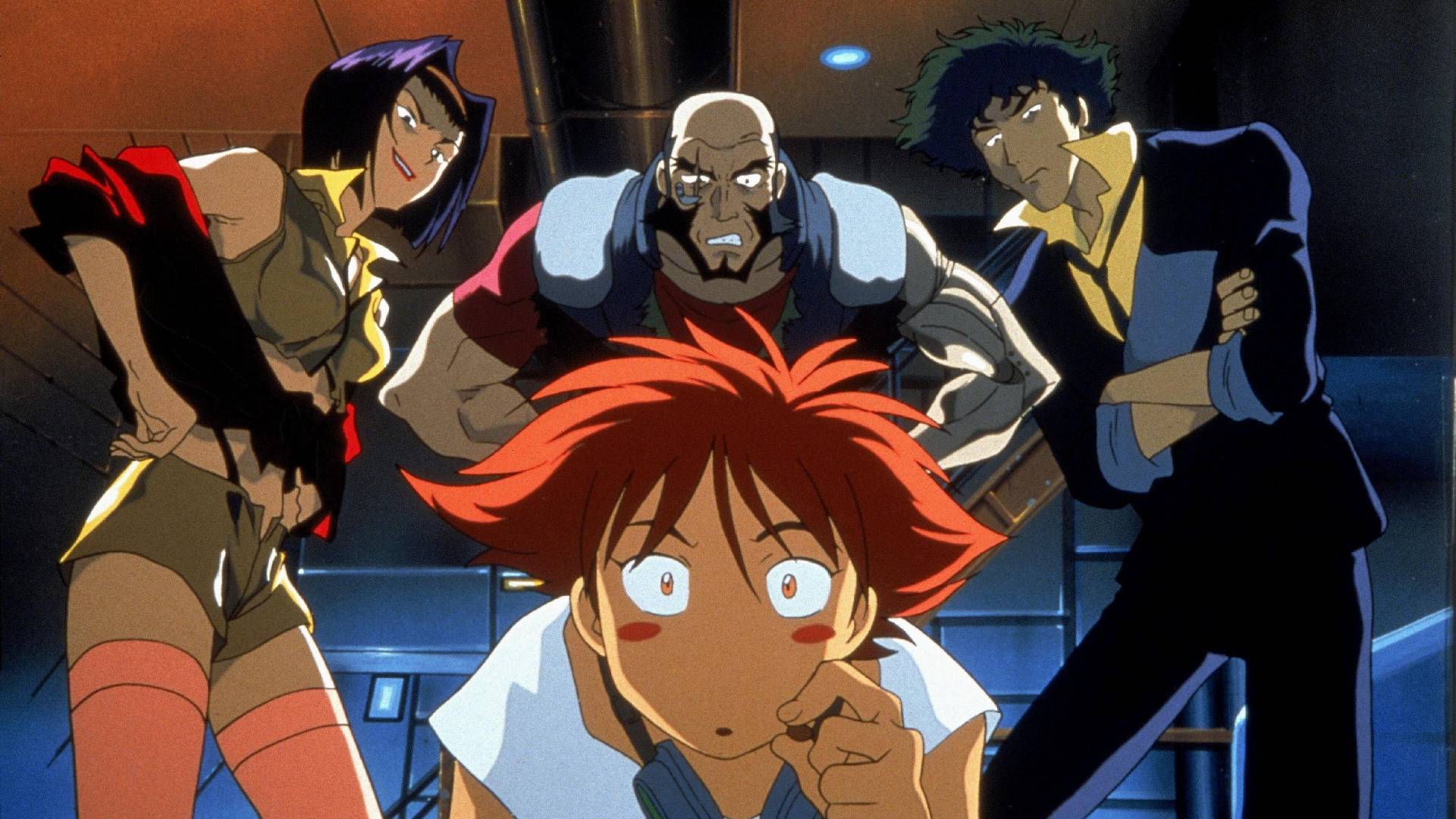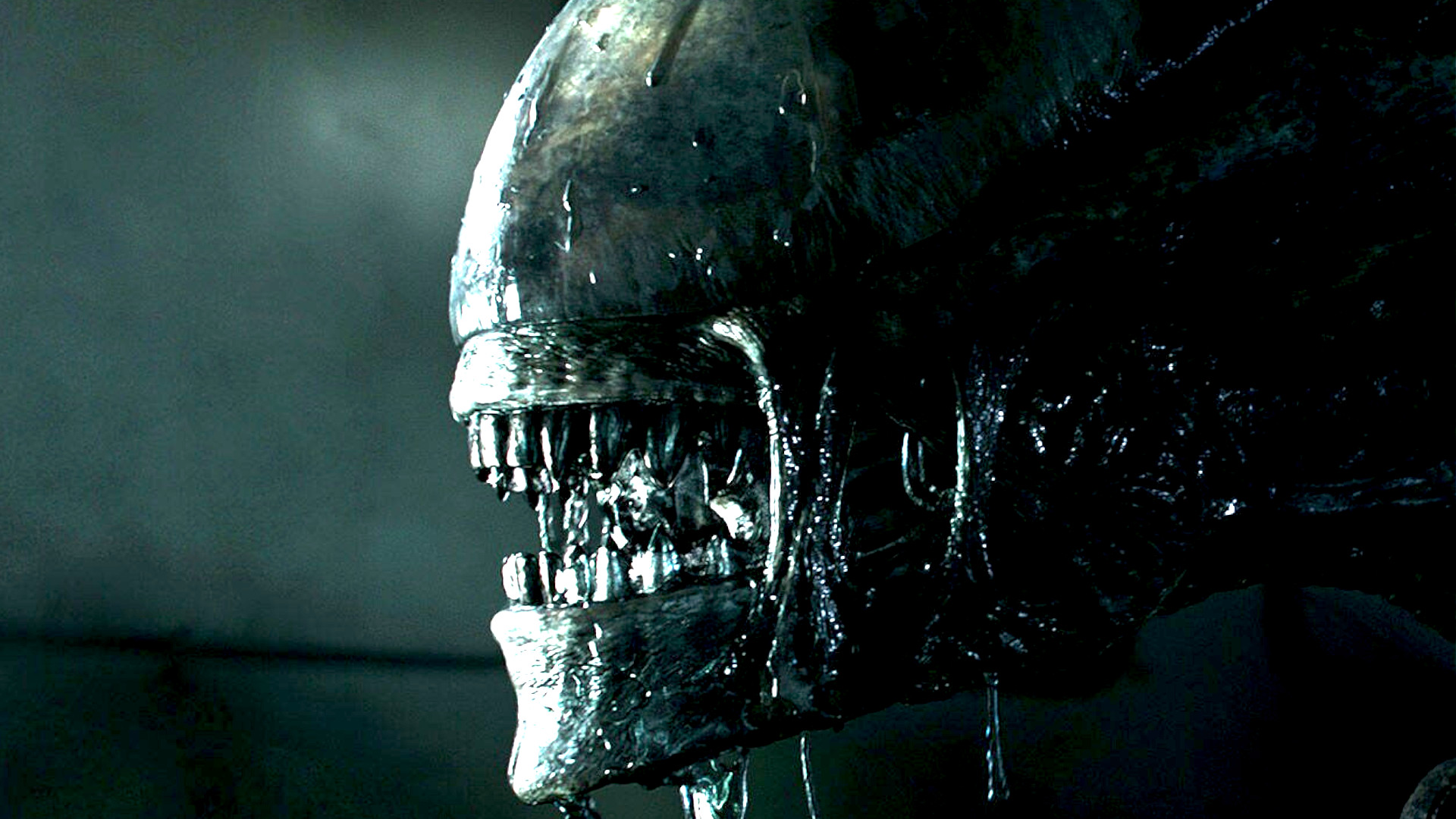
Alien: Earth charts new territory with its terrestrial setting, bringing the Xenomorphs to our humble planet for the very first time. But the series actually begins in the cold reaches of space where we first got to know these ugly critters. By choosing to open this way, Alien: Earth deliberately evokes the original Alien film, echoing everything from Ridley Scott's production design to the alien attacks depicted in his classic movie.
It's not just Alien: Earth where this influence can be felt. 1979's Alien was the rare film that helped redefine an entire genre, shaping almost every sci-fi story that followed. Among those, Shinichirō Watanabe's Cowboy Bebop anime remains one of the most notable. While the series referenced all kinds of films across its 26 episodes, including everything from Desperado and The French Connection to the entire spaghetti western genre, 'Toys in the Attic' is the show's first full-blown parody of one specific movie.
With plenty of recognizable elements taken from Alien, the 1998 "session" has been dismissed as mere filler by some fans who argue it's just a standalone homage with little to no impact on the wider story. That's technically true in the sense that this is a "bottle episode" of sorts, taking place entirely on the crew's Bebop ship. But when it comes to its legacy and where it sits alongside the rest of the series, 'Toys in the Attic' is far more important than that.
Too clever to copy

The story begins with our space cowboys drifting along aimlessly, bored out of their minds with nothing to do. Not even a game of poker or some flame(thrower)-grilled kebabs can stop them all going stir-crazy. Jet wanders off after losing money to Faye, in search of stimulation, and that's when he stumbles across a mysterious fridge on the ship. Alarms suddenly go off, and then Jet appears with a strange purple wound on the back of his neck. Faye is soon bitten too, leaving it up to Spike and Ed (and their dog, Ein) to find what's responsible. The trio splits up, searching through their ship for an unknown creature using heat-sensing goggles.
Ed and Ein are inevitably struck down next, so it's up to Spike to find the monster solo. Grabbing his flamethrower, he climbs into the air ducts of the ship, looking for answers. So far, so Alien. Everything from the use of heat vision tech and a flamethrower to battle an infectious alien hiding in the walls is ripped straight from Scott's playbook (even if Ellen Ripley didn't think to light a cigarette with her flamethrower like Spike does).
The final showdown is also very reminiscent of previous Xenomorph fights, with Spike facing off against the monster in tight corridors where a moment's hesitation can end your life. Cowboy Bebop doesn't play any of this off for laughs, either. Even the most recognizable moments inspired by Alien are deadly serious here, as they are in the original movie.
And just when you think Spike has won at last, scorching the monster with his flamethrower, it revives at the very last minute and bites him. The alien is then ejected out of the airlock, much like in Alien itself, and the episode ends with Tchaikovsky's 'Waltz of the Flowers' playing into the credits.
As much as this might sound like an Alien rip-off on paper, Cowboy Bebop was far too smart to merely copy what's come before. For one thing, it's possible that everyone might be dead by the end, including Spike, who's also been infected by the alien's venom. It sounds silly, but the venom is potentially fatal, and with everyone else already in a deadly coma, that means there's no one left to save Spike (unlike Ripley, who gets away with her cat Jonesy in tow).
Even the show itself says this outright in the "Next Time, On Cowboy Bebop" sequence at the end where Ed remarks: "And so they all died. It’s very sad, but what can you do?" Of course, the show ran for another 15 episodes, but this wasn't the only time Cowboy Bebop played with canon. For all we know, everything that happens after episode 11 could just be venom-induced hallucinations seen by the crew in their dying moments.
Lessons learned

What we do know is where the Xenomorph-like creature first came from. The mystery isn't solved, however, until Spike burns it up with his flamethrower, and that's only because the smell of its burning flesh reminds him of food he left in the fridge a year earlier.
It turns out that the rare Ganymede rock lobster he'd hidden away 12 months prior (so the others wouldn't eat it) has mutated into some kind of poisonous fungal growth, and the fridge is overrun with similar looking stuff. That's why Spike jettisons the fridge out of the airlock, complete with the alien that attacks again mid-maneuver.
And with that comes a crucial lesson. No, four, in fact, which handily split the episode up into four chapters led by a different character. Jet kicks things off, followed by Faye, and Ed, who each impart pearls of wisdom separated by "lesson" title cards before Spike has his say at the end. The last lesson is the most crucial though, not just to the episode, but Cowboy Bebop as a whole. It's simple enough, really: "Don't leave things in the fridge." Because if you do, the food you love will turn bad. Maybe even bad enough to kill…

But beyond that practical advice, Spike's lesson also resonates with everything leading up to this particular episode and the direction Cowboy Bebop takes after, too. Each member of the Bebop crew has tried and failed to break free of their problems, running away to live a life on the edge. Past sins inevitably catch up with them though, no matter how hard they try to hide it away. Like Spike's Ganymede rock lobster, their trauma grows into something monstrous and impossible to manage until one day, it comes back to bite them in the ass. That's the crux of the entire show distilled into a not-so-easy-to-consume rotten food metaphor. And it's especially true for Spike, the one who shares this nugget of wisdom in the first place.
For most of Cowboy Bebop, Spike lives mostly carefree as a renegade bounty hunter. It's not until the final episode, 'Real Folk Blues,' that his past life working with the Syndicate finally catches up to him. With no choice but to face this head-on, Spike ends the show fighting his former partner Vicious to the death. Or so it seems. Watanabe has never clarified whether Spike actually dies at the end of the series or simply passes out from exhaustion.
What is clear, though, is just how smart Cowboy Bebop was to take something as iconic as Alien and take something new from its classic story. The same can also be said for Alien: Earth, which shares the same DNA but mutates into a very different kind of beast as the series unfolds, much like Spike's Ganymede rock lobster in the fridge.
Alien: Earth is releasing weekly on Hulu and Disney Plus. Make sure you never miss an episode with our Alien: Earth release schedule, or check out our verdict in our Alien: Earth review.







